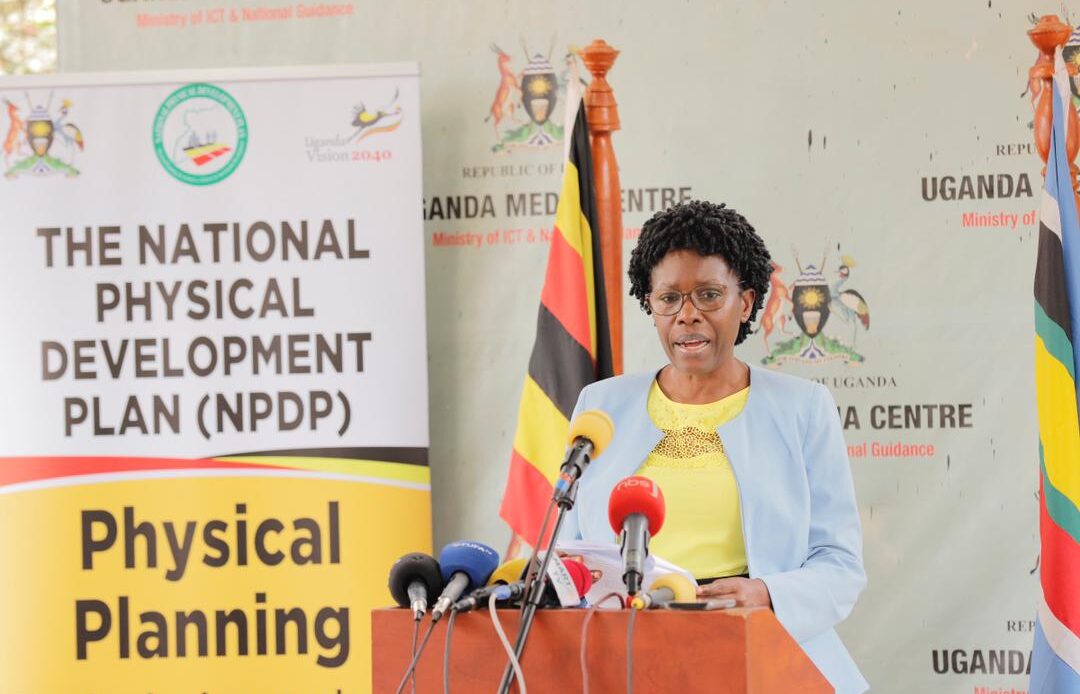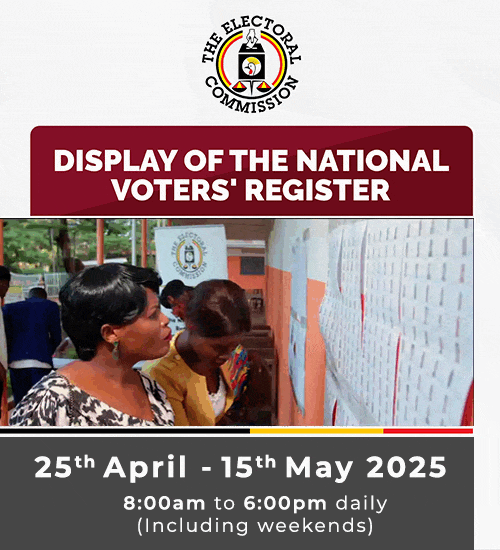
The Minister of Lands, Housing, and Urban Development, Judith Nabakooba, has unveiled the National Physical Development Plan (NPDP) aimed at guiding land use in Uganda.
This plan, funded by the International Development Association, represents a significant milestone in promoting organized and sustainable land management practices in the country.
Nabakooba emphasised the critical importance of the NPDP.
“The national physical development plan is a crucial milestone for Uganda as it provides a comprehensive framework for strategic land use, infrastructure planning, and sustainable urban development,”she stated.
Highlighting the global increase in demand for land due to rapid urbanization and population growth, Nabakooba stressed the need for a well-designed spatial plan to ensure efficient infrastructure and environmental integrity.
Nabakooba also emphasised the alignment of the NPDP with Uganda’s broader development vision, Vision 2040, which aims to transform the nation into a competitive middle-income country.
She stated, “The NPDP lays the foundation for enhanced agricultural productivity, industrial growth, and vibrant urban centers.”
Spanning from 2021 to 2040, the NPDP outlines various strategies to optimize land use and infrastructure development.
Nabakooba highlighted the participatory nature of the plan, involving diverse stakeholders such as government agencies, private sector entities, academia, and communities in its formulation.
Recognizing the media’s vital role in the NPDP process, Nabakooba emphasized the importance of disseminating information about the plan to every Ugandan, highlighting its objectives.
“The NPDP serves as a guiding framework for land allocation, resource management, and infrastructure placement, ensuring equitable access and sustainable development,”she stated.
Expressing the vision for inclusive and sustainable growth, Nabakooba emphasized the aim of the NPDP to benefit all Ugandans through market-oriented strategies, public-private partnerships, and environmental stewardship.
As Uganda embarks on implementing the NPDP, Nabakooba called for collaboration across sectors to ensure its success.
She stressed the crucial need for coordination among ministries, development partners, and civil society, urging all stakeholders to support the plan’s implementation for Uganda’s development trajectory.
Nabakooba highlighted the historic significance of the NPDP and urged everyone to seize this opportunity to build a prosperous and sustainable future for all Ugandans.
In 2022, the Cabinet approved the NPDP for 2022/40, giving the physical aspect of planning development a more central role in government policy-making.
The drafters of the NPDP emphasize that it will help coordinate and align national projects in urbanization, infrastructure, transportation, and wealth-creating sectors. They propose that ministries, departments, and government agencies, which significantly influence the country’s physical planning, agree to carry out their projects in accordance with the plan.
The NPDP builds upon modern physical planning systems developed during the pre-independence period for trading and administrative centers.
It aligns with national policies and the Physical Planning Act 2010, and shares similarities with spatial frameworks adopted by various countries and transnational bodies.
According to the United Nations Economic Commission for Europe, spatial planning involves coordinating and integrating the spatial dimension of sectoral policies through a territorially-based strategy.
The NPDP provides a strategy to reconcile conflicting sectoral pressures on land use, considering that Uganda’s population is growing and the country is modernizing.
It takes into account population and urbanization projections, as well as the national land use balance sheet.
Integrating the physical and spatial aspects with economic and social issues, the NPDP focuses on human settlement patterns, land use for economic activities, and infrastructure networks.
Based on projections, the NPDP anticipates that Uganda’s urban population will double from 20% to 40% of the total population by 2040, considering the country’s relatively lower urbanization rate compared to other nations.
In terms of land use, the NPDP predicts that the growing population, despite implementing larger scale and higher productivity farming methods, will exert immense pressure on grasslands, forests, protected areas, and seasonal wetlands in the country.

